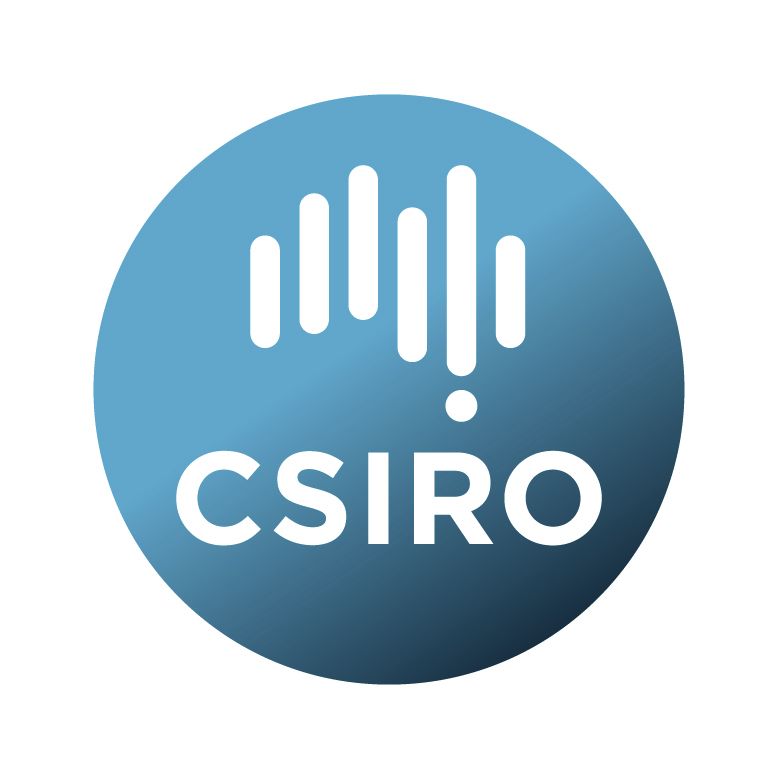Brief description
Landsat 5 TM Standard Terrain Corrected (Level 1T) imagery was used to delineate riparian vegetation. The study area of the research (Pilbara region except the eastern desert) is covered by 16 intersecting Landsat scenes. For each LS, three cloud-free Landsat images acquired at the end dates of the three hydrological years 1992, 1999 and 2009 (one image per year), were downloaded from the USGS website (www.usgs.gov) and calibrated for top of atmosphere reflectance.Lineage: NDVI was calculated for each Landsat scene and used to composite a 3-dry-date NDVI datasets. PCA was applied to the NDVI datasets generated for each Landsat scene. It was anticipated that PC1 would reveal the range of values representing those areas without vegetation cover (lowest pixel values) to areas of consistent high reflectance vegetation (highest values). Hence, it was expected that riparian vegetation, with its frequent access to water, would be denoted by a high magnitude PC1 value. Then, Otsu thresholding method was applied to PC1 grids to separate riparian vegetation from other land cover types.
Available: 2017-07-25
Data time period: 1992-01-01 to 2009-01-01
Subjects
Environmental Sciences |
Environmental Management |
Environmental Management |
Inflow and Groundwater Dependent Vegetation (IGDV) |
Large scale mapping |
NDVI |
Principle Component |
Remote Sensing |
Thresholding |
riparian vegetation |
User Contributed Tags
Login to tag this record with meaningful keywords to make it easier to discover
Identifiers
- DOI : 10.4225/08/5976B156BFD56

- Handle : 102.100.100/52553

- URL : data.csiro.au/collection/csiro:21936



